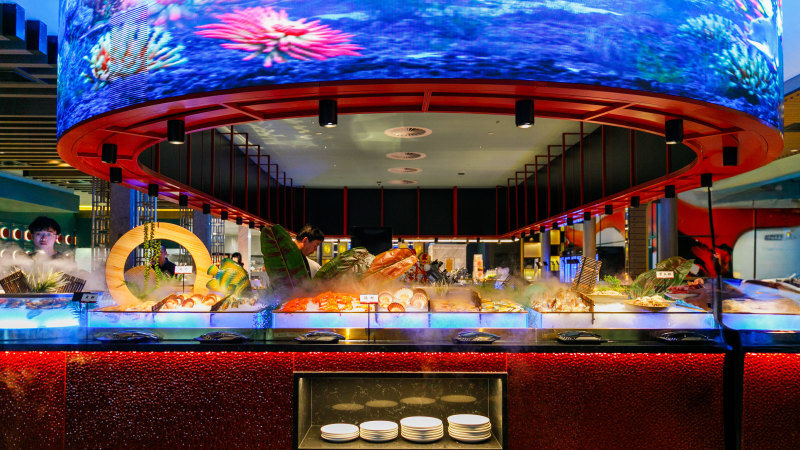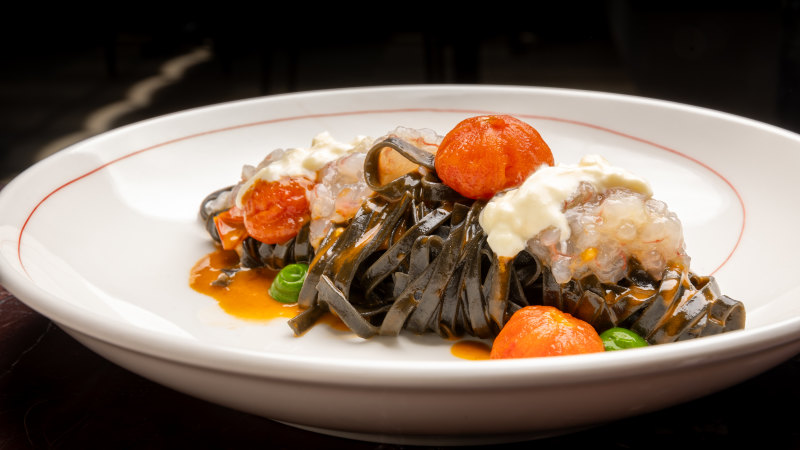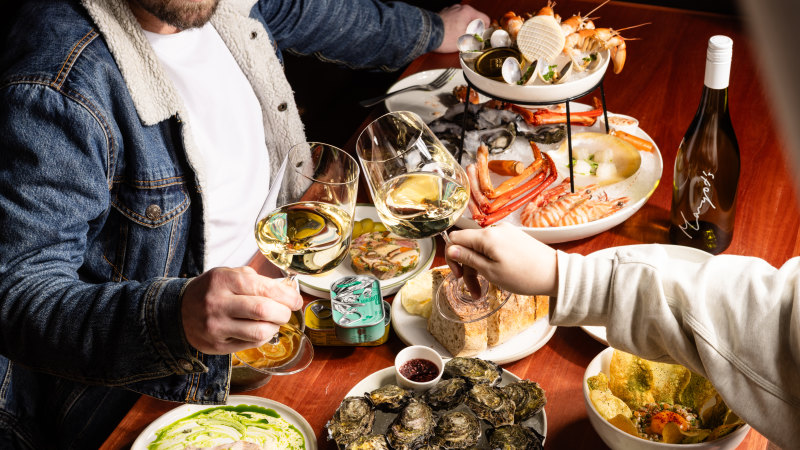LAHAINA, Hawaii (AP) — Hinano Rodrigues remembers being 4 or 5 years old, carrying a bucket across a highway to the ocean in the Maui community where he still lives. At dawn, he would accompany his grandmother to a reef at low tide, where she plucked black snails, spiny lobsters and spiky sea urchins from the craggy rock. In Hawaiian, she would instruct him to break off a branch of kiawe, a type of mesquite, to tease out an octopus hiding in a hole.
It taught Rodrigues, 71, the value of ahupuaa, a Native Hawaiian system for dividing land from the mountains down to the ocean, with the residents of each section living off the land and waters within it. But now the section where he lives and where his ancestors have always lived — the Olowalu ahupuaa — is also home to a temporary landfill being used to store debris from that decimated the historic nearby town of Lahaina last summer, destroying thousands of buildings and killing 102 people. It’s enough refuse to cover five football fields five stories high, including .
A controversy over whether that site is truly temporary — and over where the debris might finally wind up — has sparked a fierce legal fight with tens of millions of dollars at stake, not to mention a priceless ecosystem rich with just offshore. “Why would you go put opala like this in a place that’s clean?” Rodrigues asked, using a Hawaiian word for trash. Handling debris after large wildfires is always a logistical challenge.
After the killed 85.

















